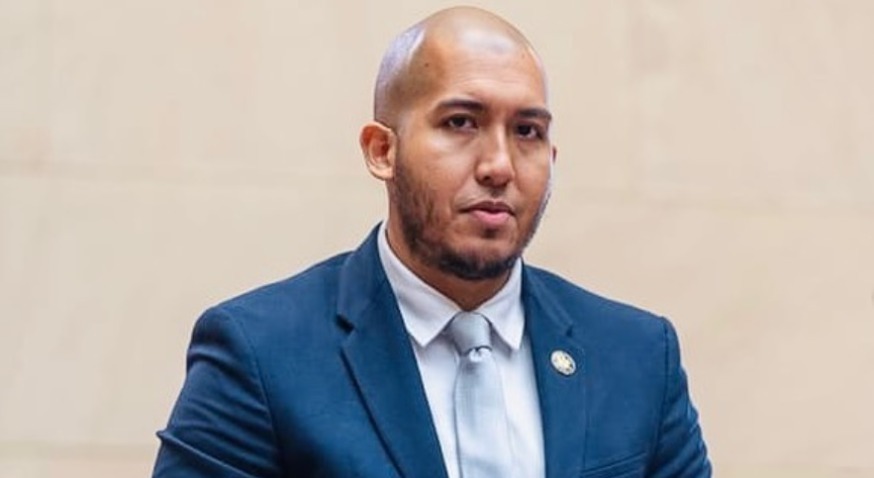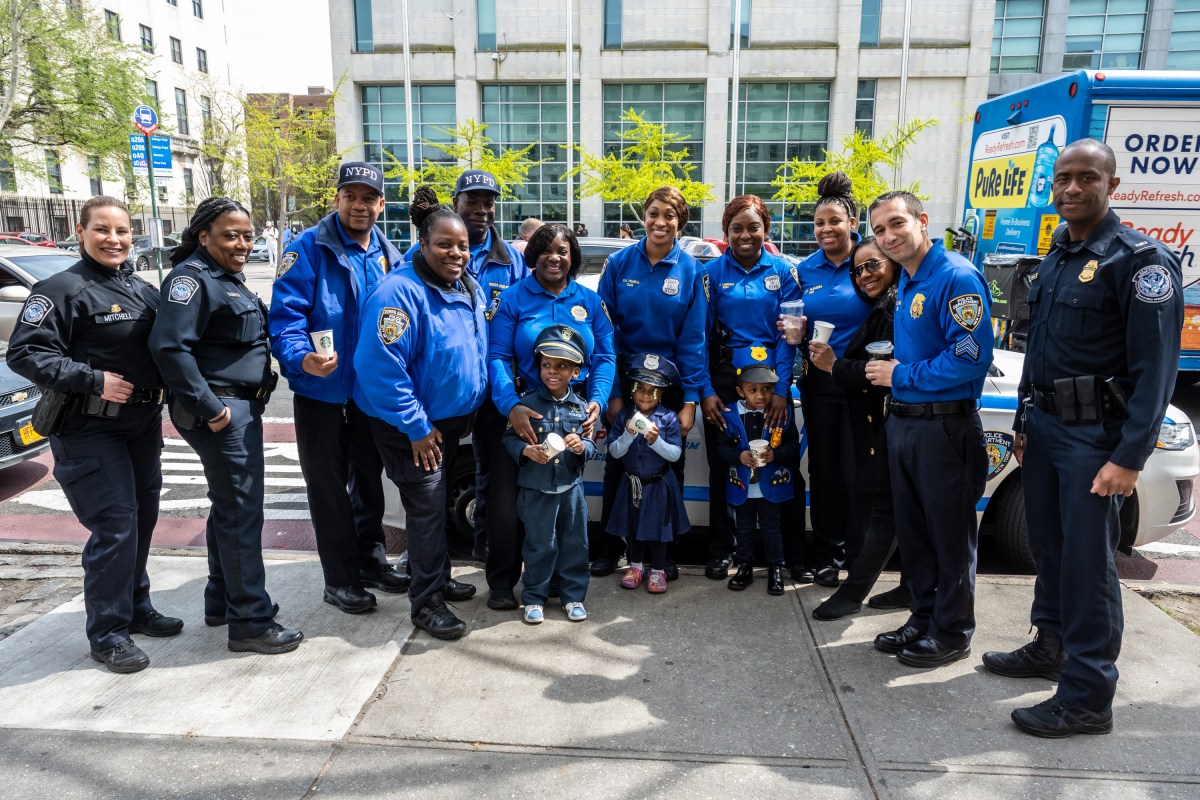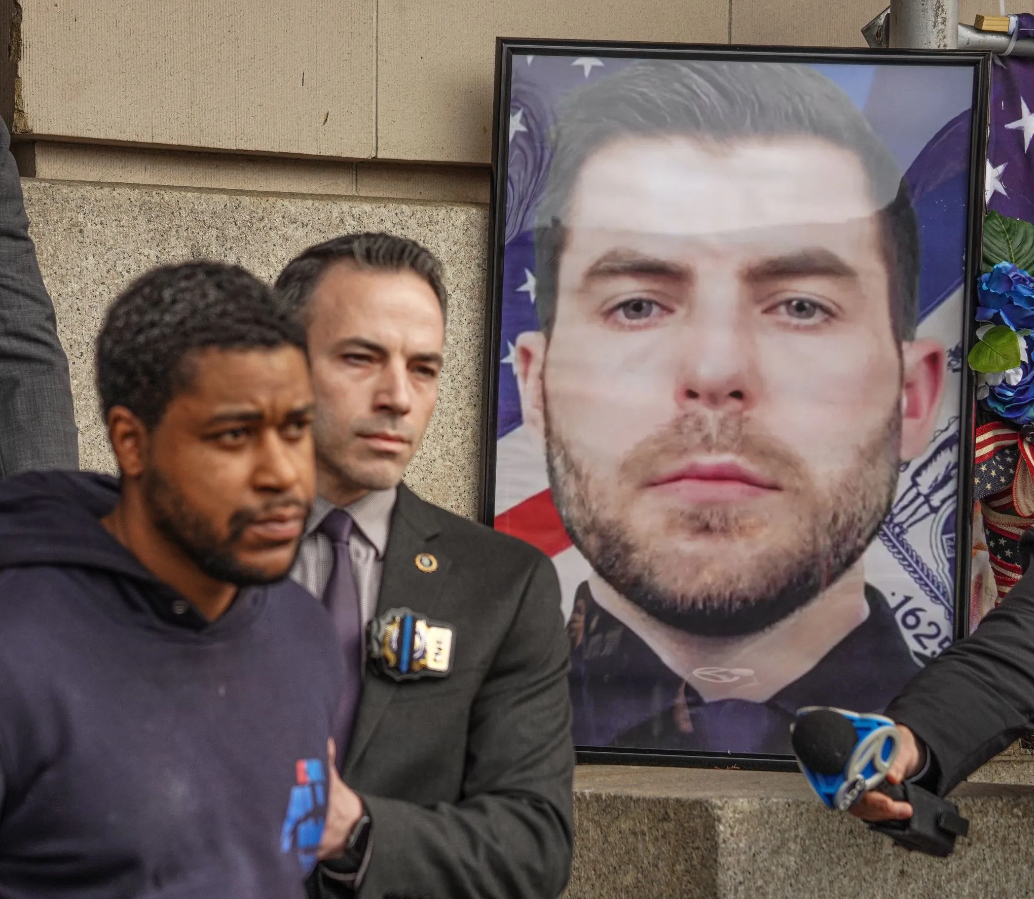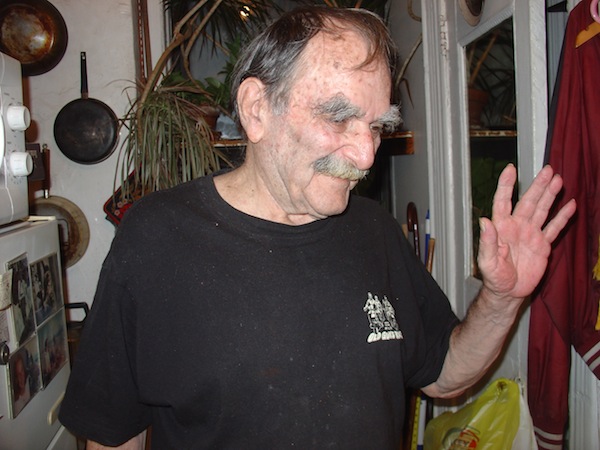
BY ADELE GOTLIB | David Dusoul Devine, a resident of the Lower East Side on and off for nearly 70 years, died of cancer on May 28. He was 84.
He was born in Los Angeles on April 7, 1929, to David and Courtney Hooper Devine, and raised primarily by his mother in and around Los Angeles and San Francisco.
David first came to the Lower East Side as a teenager in the 1940s, living alternately with his father, whom he feared and hated, and on the street. He dropped out of high school and went instead to the Metropolitan Museum, where he spent many days studying and falling in love with art.
In 1946, at age 17, David enlisted in the Army so that he could have three meals a day and a roof over his head. Some highlights of his military career: Having read the rules and regulations, he refused a direct order from a general (for personal service); told his sergeant that he had to give passes to the Mexicans too; and turned down the opportunity to be promoted to battalion sergeant major. He volunteered for several straight months of KP duty in order to avoid the wrath of his commanding officer. He continued his art education while stationed in Occupied Italy, spending his free time wandering the deserted galleries of the Uffizi Gallery and the Pitti Palace in war-ravaged Florence.
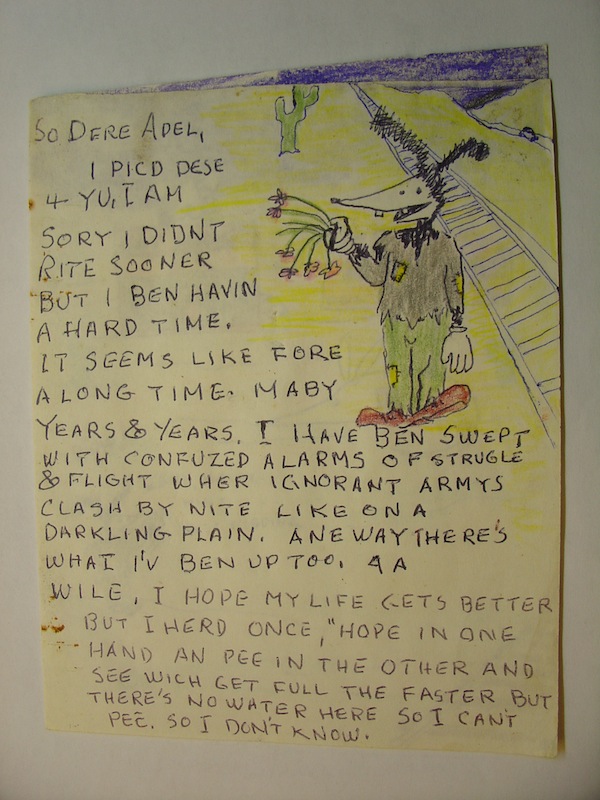
After being honorably discharged from the Army, David went to art school in California and, fueled by coffee and cigarettes, began painting passionately and compulsively, sometimes creating three finished works in a single day. He gave away many of his paintings and sold a few; the rest were lost or stolen or left behind as he moved from place to place.
In the 1950s and ’60s, he hung out in the bars of North Beach in San Francisco as part of the group of artists and writers who became known as the Beats; his best friend was the poet Bernie Uronovitz, and his buddy Maloney later went on to build remarkable trash heaps of boats under the name Poppa Neutrino. David painted because he wanted and needed to; he did it for himself alone, and many of his friendships ended because he had no tolerance or respect for artists whose motivation was the desire for fame or the prospect of success.
From the 1950s to the mid-’70s David moved often between California and the Lower East Side of Manhattan. Apartments were cheap and easy to come by. He also lived in Las Vegas and New Orleans, and spent some winters in Oaxaca, Mexico. He drove across the United States several times and once motorcycled on mostly unpaved highway from Vancouver to Alaska. He shipped out on a Danish cargo ship, the Alice Torm.
He was married three times; to Elsie Hansen, with whom he had a daughter; to Sheila Plant; and to Susie Molin (an artist in her own right, now known as Susan Severson). None of the marriages lasted more than a few years.
David was a genius of a mechanic who could make or repair almost anything. He loved using his talents to help people, but if offered a steady job, he would generally say, no thanks. He hated having to go to work and seldom held a job for more than six months. He never accepted a promotion. He would earn only as much money as he needed to rent a cheap apartment or buy a cheap car.
He did all his own carpentry, plumbing, electrical and every other kind of work, and found most everything he needed on the street. He rebuilt a piano and repaired other musical instruments. Some of his jobs: forest fire lookout / fireman in Shasta National Forest (his employer, the U.S. government, let him go when they discovered he was a Communist), Las Vegas casino talker, lumber mill worker, caddy, stock boy, bicycle messenger, cab driver, bookstore clerk (where the owner instructed him to report the “best sellers” to the newspapers in reverse order of sales), New Orleans street portrait artist, dishwasher (many times), tax auditor for California State, silkscreen printer, mail sorter, coding clerk, moviehouse usher, doorman at One Fifth Ave., jeweler, watch repairman, moving man (for Student Movers on E. Ninth St., none of whose employees were students), adding machine mechanic, and ice-skating rink guard.
Besides art, David’s other great passion was reading. He taught himself to read at an early age, and books were his escape and his education. His favorite subject was history, but he also loved science and science fiction, and crime, both true and fictional. There were few subjects on which he could not speak knowledgeably and intelligently. His “everyone should read these” books ranged from “Alice in Wonderland” to “Nightmare Alley,” from “The Cat in the Hat” to “Down and Out in Paris and London.”
In 1975 and then again in 1976-77, David owned a second-hand bookstore at 344 E. Sixth St. called Harmony Shop. The space had previously been occupied by a head shop and David never got around to changing the name. He would buy books at the various Salvation Army stores around Manhattan; most often he went to the one at First Ave. and 11th St., where he’d hang out with Bertha, the manager, and Gertie, a wonderful older woman who often visited, and buy quantities of books at 5 or 10 cents apiece. He bought from his customers too and paid better than the Strand.
He’d sell most of his books for a quarter or 50 cents; something really special might go for a couple of dollars. Textbooks, on a table outside, cost a nickel. His store was inviting, with pictures on the walls, classical music on the radio, interesting objects and pretty dishes, an old upright piano (later owned by a street musician), and customers who were fun to talk to. When he reopened the store in 1976, he stocked it with the contents of 25 boxes of books that he’d bought for $5 at Odyssey House up the street.
In 1977 David bought a 22-foot sloop and sailed with his girlfriend down the Intracoastal Waterway from Stamford, Connecticut, to Daytona Beach, Florida. During 27 years in Florida, David built and lived on a succession of boats, worked as a church sexton, sign painter, draftsman, art teacher and flea marketer, and continued to paint, draw, read and tinker.
He created a cartoon character, Michy Mouse, a street-smart, wise-cracking, eternally optimistic creature who claimed to be the unreconstructed predecessor of “Wally Dizzy’s” Mickey Mouse. Michy (pronounced MITCH-ee) made appearances on birthday and Valentine’s cards, as well as letters, phone messages, doctored New Yorker cartoons and the occasional book that needed improving.
In 2004, after Hurricane Frances destroyed his houseboat on Lake Okeechobee, David returned to New York, to live in the same apartment on E. Sixth St. that he’d first rented in 1975. He did odd jobs and repairs in the building, bicycled to Tompkins Square Park when the weather was good, and continued to enjoy a cigarette, a cup of coffee, and something to read until the last weeks of his life.
David had a sister, Deirdre Devine Jefferies, who died in 1996, and a half-sister, Nola. He is survived by his daughter, Elizabeth Devine, who was seldom far from his thoughts; his grandson, Duncan Seven Stars Devine; one nephew; and his very close friend, Adele Gotlib.
Throughout his life, David was uncompromising in his commitment to be true to himself and to be free. His sympathies lay with the downtrodden and he hated bullies. He despised and defied authority and had no gods. He liked to tell the story of his sergeant in the Army, Sergeant Silacci, who once said to him, “Devine, you’re a wild young colt, but I’m gonna break you.” In the end, Silacci didn’t break him, and neither did anyone else.










